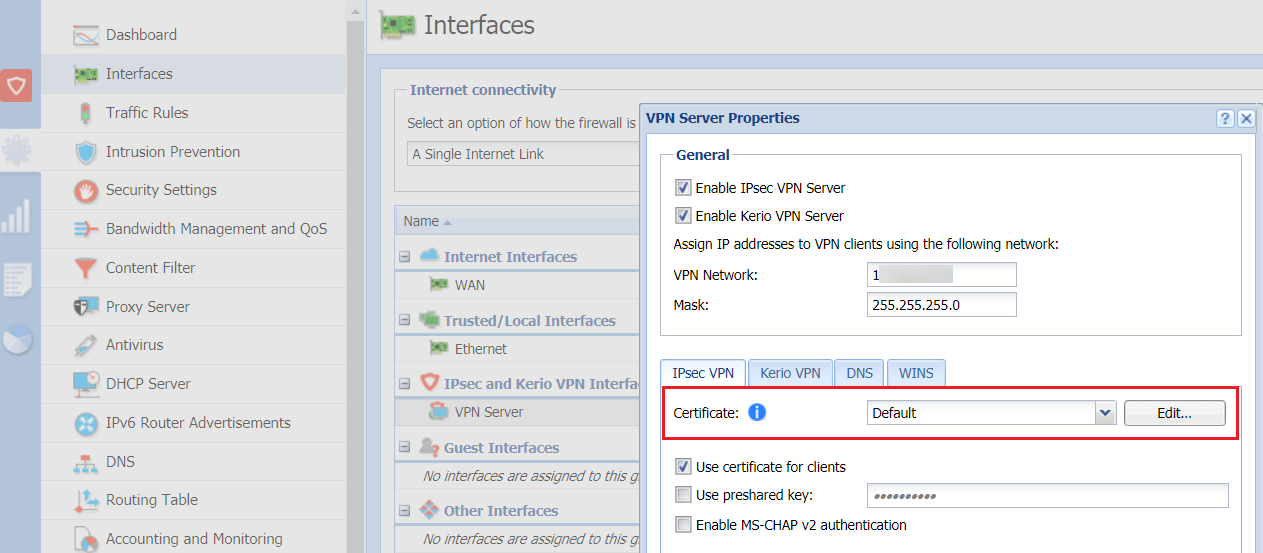
On x86, this was read from the registry, and assumed to be zero, while on ARM, this was hard-coded to “8″, which as you can see from clrokr’s blog, corresponds to “Microsoft” – in effect allowing only Microsoft-signed applications to run on the RT desktop. Understanding signing levels was critical for the RT jailbreak: Windows introduced a new variable, SeILSigningPolicy, which determined the minimum signing level allowed for non-packaged applications.

I covered Signing Levels in my Breakpoint 2012 presentation, and clrokr, one of the developers behind the Windows RT jailbreak, blogged about them as well.

Microsoft counts among these any application that did not come from the Windows Store and/or which was not subjected to the AppContainer sandboxing technology enforced by the Modern/Metro programming model (meanwhile, the kernel often calls these “packaged” applications). This undocumented number was a way for the system to differentiate the different types of Windows binaries, something that became a requirement for Windows RT as part of its requirement to prohibit the execution of Windows “desktop” applications. Finally, we’ll examine how the Code Integrity Library DLL (Ci.dll) is responsible for approving the creation of a protected process based on its associated signing level and digital certificate.īefore Windows 8.1 introduced the protection level (which we described in Part 1 and Part 2), Windows 8 instituted the Signing Level, also sometimes referred to as the Signature Level. In the course of examining these new cryptographic features, we’ll also be learning about Signing Levels, a concept introduced in Windows 8. In this last part of our series on protected processes in Windows 8.1, we’re going to be taking a look at the cryptographic security that protects the system from the creation or promotion of arbitrary processes to protected status, as well as to how the system is extensible to provide options for 3rd party developers to create their own protected processes.


 0 kommentar(er)
0 kommentar(er)
